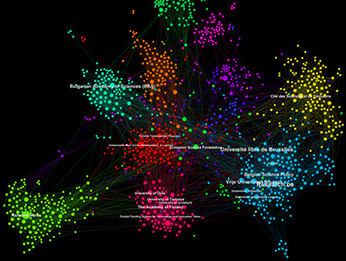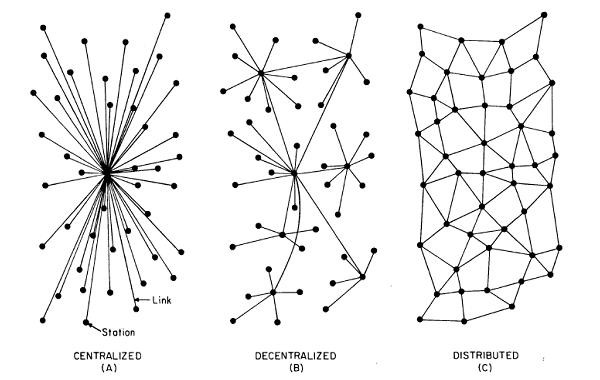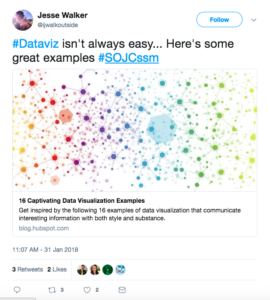Authors: Stacia Betley, Keeley O’dougherty, Jesse Walker
Twitter summary for the class discussion on 1/31/2018.
Gabriela Zago was a guest speaker on Wednesday’s #SOJCssm class. She was a visiting scholar using social network analysis to study political conversations and news circulation on Twitter. She discussed the various types of networks and gave us an example. Look a the diagram below, if there was a world war and a node is taken out of the centralized network, how do you ensure communication? Although it may add steps if you create a distributed network you can ensure backup.
Zago spoke about the 4 types of Network models, including regular networks, small world networks (some people are more connected than others), random and scale-free networks (represents the whole network).
She defined social network analysis (SNA), which is a method for analyzing connections among people (social networks). You can use SNA to understand the effectiveness of a network, visualize relationship data, follow the path of the information, and identify potential influencers.
In an SNA, the nodes consist of people, groups of people, profiles (users), while the edges represent friendship, info exchange, and retweet/like. We discussed network metrics, data analytic tools (such as Gephi – noted in the feature image), visual representations, and looked at the network of Google bombs. The majority of the #SOJCssm Twitter feed included “small world” stories and thoughts surrounding degrees of separation. We ended the class with a discussion around influencers and learned that micro influencers often have more engagement, with 100 likes per 800 followers, and more recognized influencers with 1 million followers often only usually have 1,000 likes.
Twitter Data:
101 Tweets
Top Tweet:



